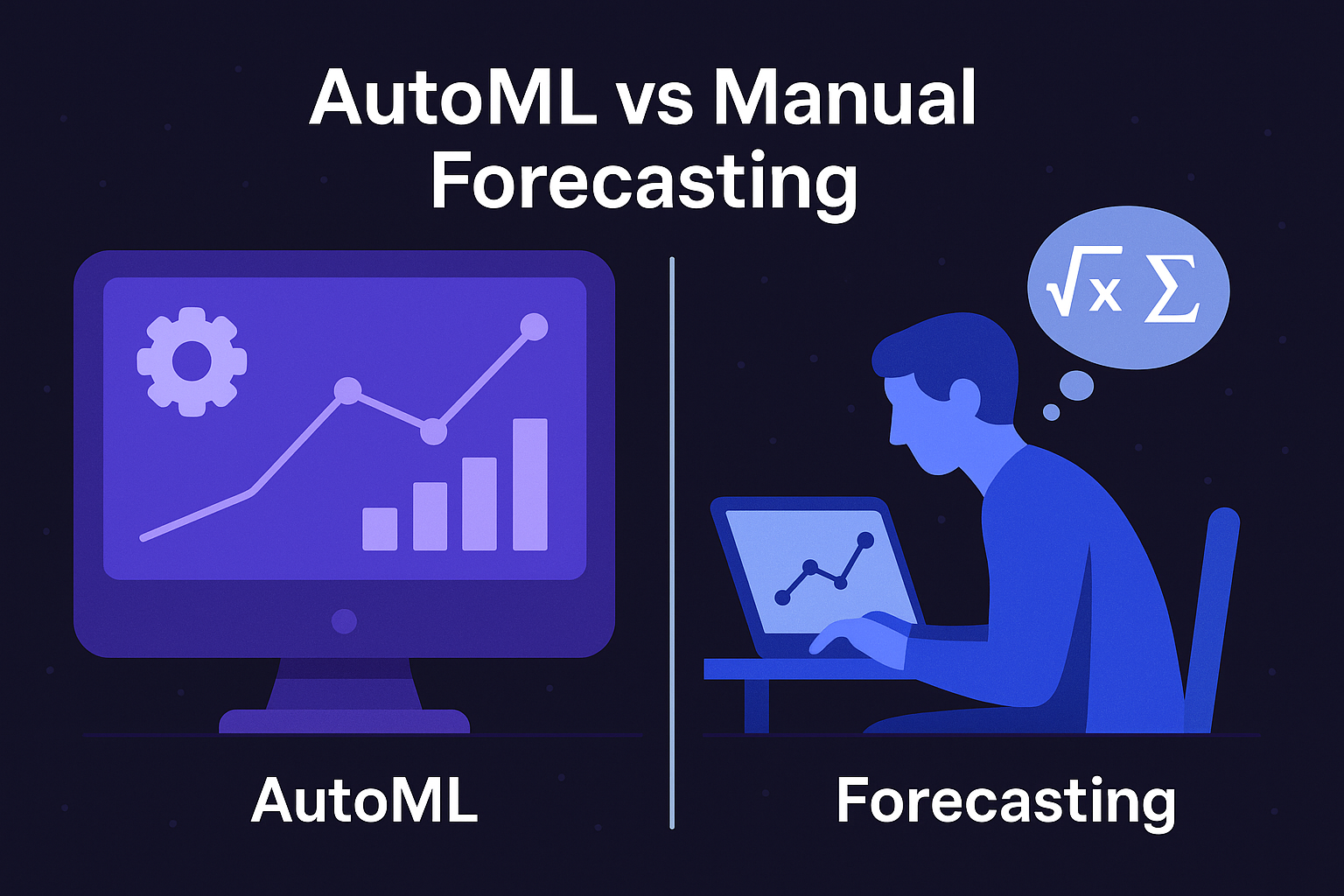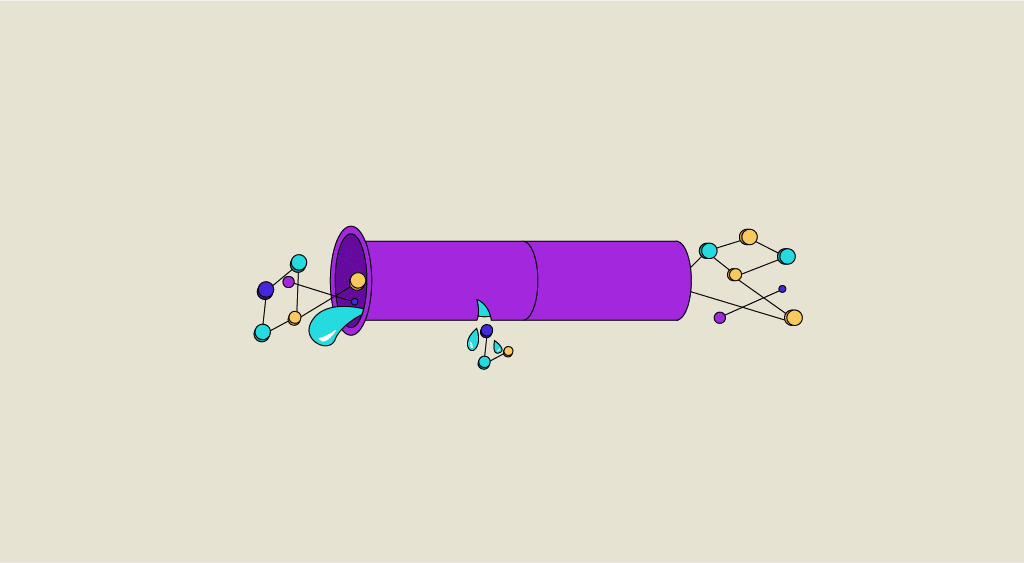What You Need to Know About Data Quality Before Forecasting
Forecasting is only as good as the data that feeds it.
In an era where predictive models can be spun up in minutes, many teams overlook the foundational requirement for any successful AI initiative: clean, consistent, and reliable data.
Before you focus on choosing the best forecasting model, you need to make sure your data is worth predicting.
Why Data Quality Is a Dealbreaker
High-quality data isn’t a “nice-to-have”—it’s the difference between a usable forecast and misleading noise.
A 2022 study by Experian found that 85% of organizations see poor data quality as limiting their ability to adopt AI at scale.
Even the most advanced forecasting models—ARIMA, LSTM, XGBoost—will fail if they’re trained on incomplete, outdated, or inconsistent data.
6 Key Dimensions of Data Quality
- Completeness: Are key fields missing? (e.g. product ID, date, price)
- Accuracy: Are the values factually correct and up to date?
- Timeliness: How current is the data? Does it reflect today’s reality?
- Consistency: Do values follow the same format across sources?
- Validity: Do values conform to defined rules or schemas
Common Data Issues That Break Forecasting Models
- Gaps in time series
Missing time points (e.g., no sales on certain days) confuse trend analysis. - Unstructured categorical values
For example, country=USA vs US vs United States — should be standardized. - Unbalanced data
Forecasting rare events (like churn) with few historical examples can produce biased models. - Changing data definitions over time
If the meaning of a variable shifts (e.g. how “active user” is defined), historical comparisons become meaningless.
Should You Clean Data Manually or Automatically?
Manual cleaning is often slow and inconsistent. But blind automation can introduce errors.
The best approach is often semi-automated:
- Use tools that auto-detect anomalies
- Surface issues for human validation
- Standardize transformations across datasets
Pre-Forecasting Checklist: Is Your Data Ready?
Before launching any model, review this checklist:
✅ Do you have a continuous time dimension (daily, weekly, monthly)?
✅ Are all key variables (target + drivers) present and populated?
✅ Are values consistent across rows, files, and systems?
✅ Are categorical variables standardized?
✅ Are there any outliers or missing values that need treatment?
✅ Do you understand how each variable was captured and defined?
Real-World Example: Retail Forecasting Gone Wrong
A major retailer trained a model to forecast store-level sales. But two stores showed impossible peaks every Monday.
Turns out, their POS systems were syncing late, and Monday figures included part of Sunday’s sales. The model falsely learned that Mondays were 2x stronger than reality—leading to inventory overstock for months.
Data issues don’t always look like “errors”—they can just be... invisible logic bugs.
The Bottom Line
Great forecasts come from great data. Before chasing model accuracy or debating algorithm types, invest in preparing and validating your data sources.
A few days spent on quality can save weeks of tuning—and dramatically increase trust in your outputs.

%20(2).svg)



-p-2000.webp)
